Costa Rican black soul coffee how to make _ Lajas Manor Black Soul treatment characteristics introduction
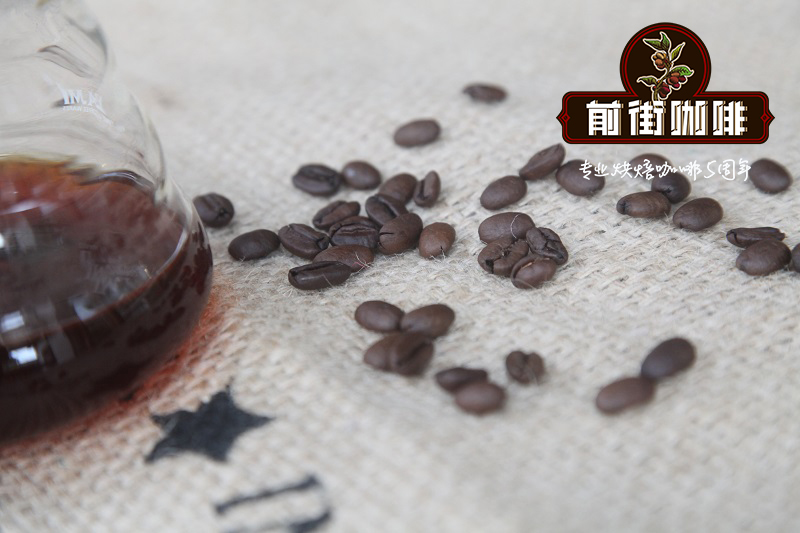
Professional coffee knowledge exchange more coffee bean information please follow the coffee workshop (Wechat official account cafe_style)
The most representative boutique coffee: Costa Rican coffee black soul! Guys, come and watch! There's only one chance. Hurry up, GO GO GO.
The coffee beans produced in the high latitudes of Costa Rica are famous in the world, full-bodied, mild in taste, but extremely sour. The coffee beans here have been carefully processed, which is why there is high-quality coffee. Located in the south of SanJos é, the capital of Tarasu, Costa Rica is one of the most valued coffee growers in the country.

There are eight coffee producing areas in Costa Rica, of which three are recognized as the best, namely, Tarazu, the Central Valley and the Western Valley. Las Lajas is located in the foothills of Sabanilla de Alajuela and Poas Volcano in the central valley. "Lajas" is the name of the Chakon family processing plant, whose estate has Finca La Mirella and Finca San Luis, the estate that produces the bean. Francisca and Oscar Chac ó n, the third-generation operator of Las Lajas's small coffee processing farm, have been in business since their grandparents for more than 80 years. In 1995, Oscar's father died of cancer. They suspected that the chemical fertilizers and pesticides used on the farm were the culprits. Instead of using toxic chemicals, they switched to natural and homemade compost and adopted natural farming methods that were environmentally friendly and ecologically friendly. Shade planting in the native forest. After five years of organic planting until the soil, leaves, and fruit were analyzed, Lajas became the first manor in Costa Rica to be organically certified in 2000.
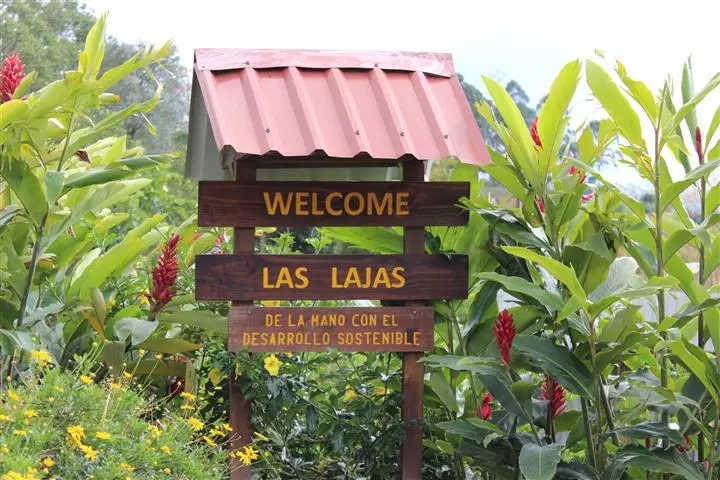
Lajas is also the first manor in Central America to start honey treatment and natural sun treatment. Tanning is a very traditional practice, which uses the least resources, but because there are too many uncontrollable factors, it is very difficult to do well. Francesca has added many innovations, such as using the sugar meter (Brix meter), which is often equipped in the wine industry, to measure the sugar content of the fruit, and to determine the best time and treatment of harvest according to the sugar content of Brix. Only those with more than 20% sweetness will be exposed to the sun. The Brix value of general fruit is 14 for apple, 12 for lemon and 18 for passion fruit, but the coffee cherry in Lajas can reach 21 Murray 22%. LaHaas not only does the sun, honey treatment, but also has water to wash beans. The beans grown on the farm are Caturra, Catuai and Villa Sarchi, as well as a small number of Kenyan species SL28, Obata and so on.

The natural treatment process of French Sika is quite laborious. Hand-harvested high-sugar cherries are first placed in an African viaduct in the sun for about 10 days, and then placed in a plastic cloth-covered greenhouse to create more direct heat and continue to dry. until the water content reaches 11.5%. The slow drying process allows raw beans to develop more natural sweetness from within, but it also needs more careful care and precise calculation of the number of turns. In the end, the red cherries turn black, giving off the aroma of fruitcake, black sugar and even sherry, and it's done.
There are two kinds of sun treatments in LaHaas.
Black Pearl (Perla Negra): sun-treated, dried in an elevated bed, turned normally
Black Soul (Alma Negra): tanned, dried in an elevated bed, turned only a few times a day

The Black Soul has less turning times and a higher degree of fermentation than the Black Pearl, but it is also more likely to fail. Under the careful treatment of Lajas, this "Black Soul" has become the best of sun-dried beans with rich flavor, thick and round taste and long finish. With Lajas different treatment of raw beans, showing different flavors, compared with each other, you can definitely have a special experience.
How should this black soul of Costa Rica be cooked?
1. Qianjie coffee is recommended to be made by hand:
Recommended cooking method: hand flushing
Filter cup: Hario V60
Water temperature: 90 ℃
Powder / water ratio: 1:15
Degree of grinding: BG 5R (pass rate of Chinese standard No. 20 screen 58%)
Cooking method: 32 grams of water steaming for 32 seconds, injection to 126 grams, and so on when the water level is about to expose the powder bed, continue to inject water to 228 grams, when the water level is about to expose the powder bed, remove the filter cup, (steaming starts) the extraction time is one minute and 50 seconds.

Flavor: it smells of fermented wine and almonds, with sour notes of plum, citrus and green apple on the palate, dark chocolate and nuts in the middle, and a hint of sucrose at the end; when the temperature drops, the entrance is sour and sweet like tropical fruit, sweet and creamy in the middle, with a hint of fruit tea in the finish.
[siphon pot]
Unlike the V60 filter cup, the siphon pot is mainly soaked, so the brewed coffee will be more balanced in flavor and more mellow in taste.
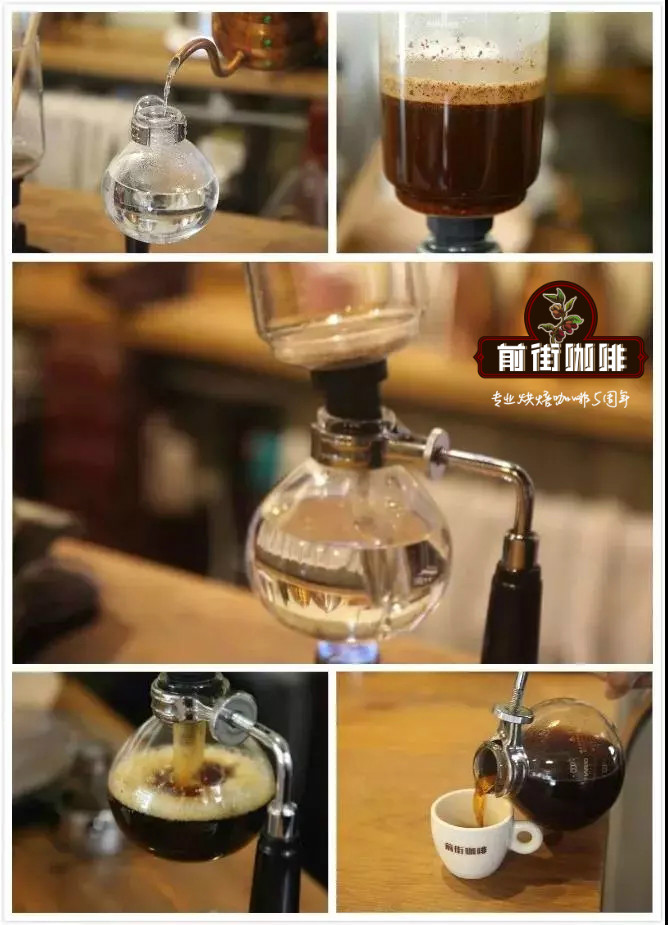
The main principle of coffee extraction with a siphon pot is realized through the pressure difference. First, the water in the lower pot is heated to boiling, and then inserted into the upper pot, so that the lower pot is in a state of high pressure. Due to the pressure difference between the lower pot and the upper pot, the hot water is mixed with the coffee powder in the upper pot and extracted. After the extraction process, the fire source of the lower pot is removed, so that the pressure difference between the lower pot and the upper pot is instantly reduced. The siphon between the upper pot and the lower pot will cause the coffee extract to return to the lower pot.
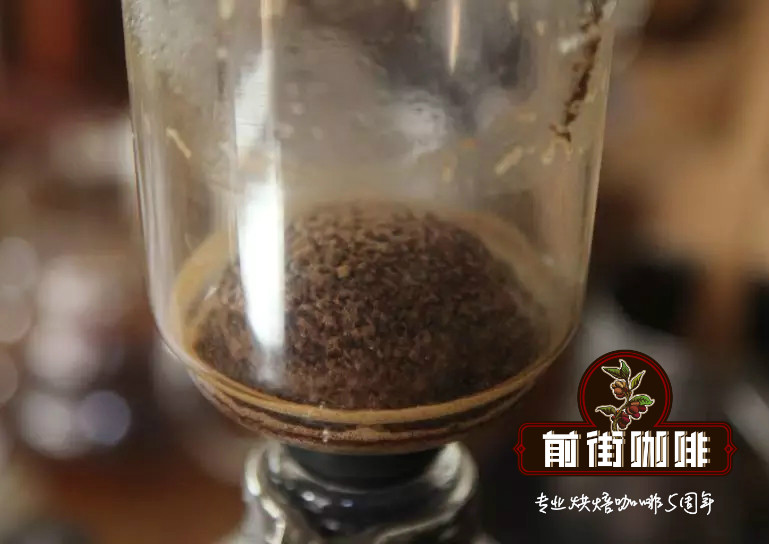
Parameters & techniques: grinding degree: BG 5R (Chinese standard No. 20 sieve pass rate 58%), water temperature: 91 ℃, powder-water ratio: 1:13.
After adding powder, when the water in the lower pot reaches the upper pot, pour in 20 grams of powder and stir so that the coffee powder is in full contact with the hot water. Stir three times in 35 seconds to increase the extraction of coffee, remove the fire and stir twice in 55 seconds. The time for the coffee liquid to return to the next pot is one minute and 38 seconds.
Flavor: it has a clear aroma of fermented fruit, with citrus, blueberry, grapefruit and raspberry flavors in the mouth, with some chocolate sweetness in the middle, Xuanmi tea in the finish, and obvious acidity of black plum after the temperature drops. Sucrose is sweet and long-lasting.
END
Important Notice :
前街咖啡 FrontStreet Coffee has moved to new addredd:
FrontStreet Coffee Address: 315,Donghua East Road,GuangZhou
Tel:020 38364473
- Prev
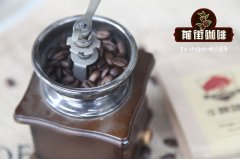
Costa Rica Western Valley Yellow Honey Coffee Brewing Share_Western Valley Coffee Bean Flavor Properties
Professional coffee knowledge exchange More coffee bean information Please pay attention to coffee workshop (Weixin Official Accounts cafe_style) Name: Costa Rica West Valley Microlot Grade: SHB Manor: Piedades Alajuela/El Carmen Microprocessing Plant Coffee Variety: Caturra, Catuai Planting Elevation
- Next

Costa Rica SOE espresso Why drink espresso with ice water?
Professional coffee knowledge exchange more coffee bean information please follow the coffee workshop (Wechat official account cafe_style) full particles, ideal acidity, unique and strong flavor. Tarrazu in Costa Rica is one of the major coffee producing areas in the world. The coffee produced is light and pure in flavor and pleasant in aroma. The volcanic soil of Costa Rica is very fertile and has good drainage.
Related
- Detailed explanation of Jadeite planting Land in Panamanian Jadeite Manor introduction to the grading system of Jadeite competitive bidding, Red bid, Green bid and Rose Summer
- Story of Coffee planting in Brenka region of Costa Rica Stonehenge Manor anaerobic heavy honey treatment of flavor mouth
- What's on the barrel of Blue Mountain Coffee beans?
- Can American coffee also pull flowers? How to use hot American style to pull out a good-looking pattern?
- Can you make a cold extract with coffee beans? What is the right proportion for cold-extracted coffee formula?
- Indonesian PWN Gold Mandrine Coffee Origin Features Flavor How to Chong? Mandolin coffee is American.
- A brief introduction to the flavor characteristics of Brazilian yellow bourbon coffee beans
- What is the effect of different water quality on the flavor of cold-extracted coffee? What kind of water is best for brewing coffee?
- Why do you think of Rose Summer whenever you mention Panamanian coffee?
- Introduction to the characteristics of authentic blue mountain coffee bean producing areas? What is the CIB Coffee Authority in Jamaica?

